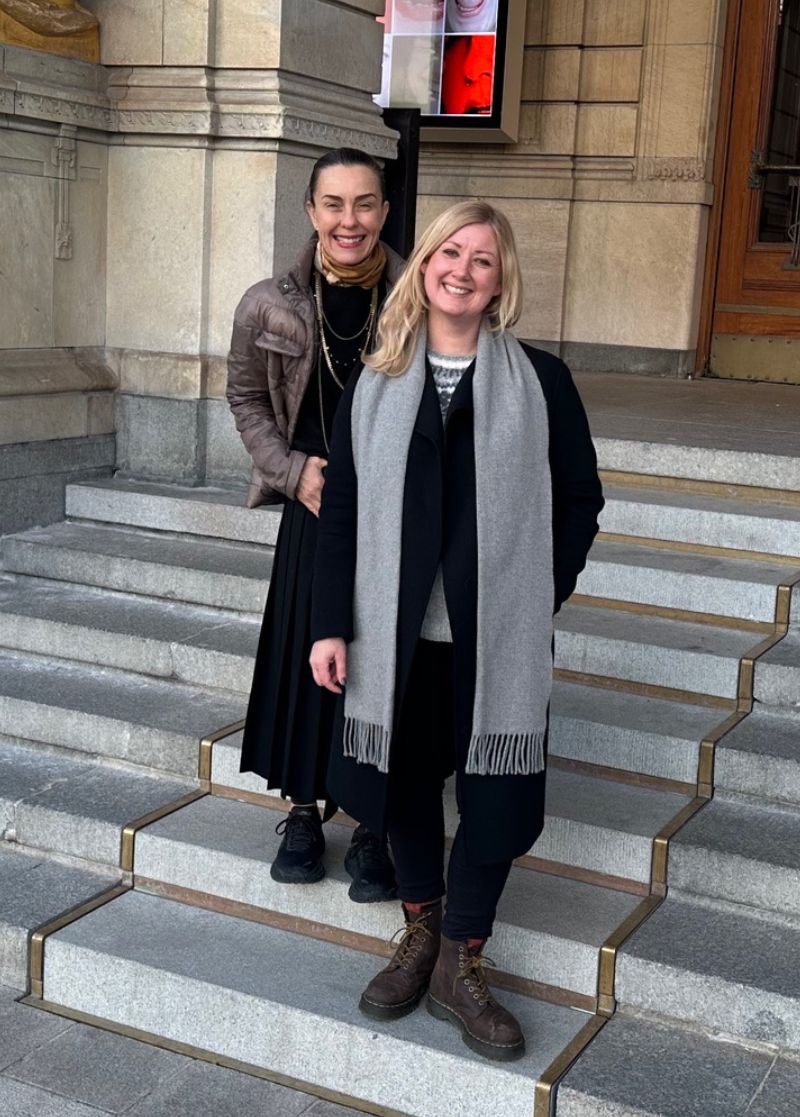
If you’ve ever spent Christmas in Sweden, you might have been puzzled to find the festivities in full swing on December 24th. While the rest of the world seems to be leaving cookies out for Santa, Swedes are already tucking into julbord (Christmas buffet) and unwrapping their gifts. So why the early start? Let’s unwrap this tradition together.
The Nordic Night Before Christmas
Sweden celebrates Jul (Yule) on Christmas Eve, a tradition that harks back to both pagan and Christian customs. In pre-Christian times, the Winter Solstice marked a celebration of light returning to the world—a fitting metaphor for Christmas as well. Yule festivities began on the evening of December 24th and spilled over into the following days.
When Christianity arrived in Scandinavia, the church retained this nocturnal rhythm. Liturgical days started at sundown, meaning Christmas Day technically began on the evening of the 24th. Over time, this blending of pagan and Christian customs evolved into the beloved Swedish Christmas Eve we know today.
A Very Practical Holiday
Swedes also have a knack for practicality—why wait for joy when you can have it now? December 24th became the main day to celebrate because it allowed families to spend the following day in a quieter, more reflective mood (and let’s be honest, recover from a little too much glögg).
Moreover, old farming traditions played a role. Wintertime was less labor-intensive for agrarian families, so they took the opportunity to feast and relax when the days were at their shortest.What Happens on Swedish Christmas Eve?
The centerpiece of Christmas Eve is the julbord, a sumptuous spread of traditional dishes like pickled herring, meatballs, smoked salmon, and Janssons frestelse (a creamy potato casserole). Dessert might include risgrynsgröt (rice pudding), where one lucky diner finds an almond in their bowl, a sign of luck—or an impending wedding.After the meal comes the moment children eagerly await: the arrival of Tomten, the Swedish Santa. Unlike the elusive chimney-hopping Santa of the English-speaking world, Tomten is more grounded. Often a family member in disguise, he delivers gifts in person with the cheery question: "Finns det några snälla barn här?" ("Are there any good children here?").
The Magic of Kalle Anka
No Swedish Christmas Eve would be complete without the nation collectively tuning in to watch Kalle Anka och hans vänner önskar God Jul ("Donald Duck and His Friends Wish You a Merry Christmas"). This tradition, broadcast at 3 PM, has become a cultural cornerstone. Families gather around the TV to watch Disney clips and bask in nostalgia, passing it down through generations.A Holiday for Connection
Celebrating on the 24th allows Swedes to focus on togetherness, which lies at the heart of their culture. Whether it’s sharing a meal, lighting candles in the winter darkness, or laughing at Tomten’s antics, the Swedish Christmas Eve is a warm embrace against the cold.So, while the 25th might feel like an encore to the grand performance elsewhere, in Sweden, December 24th is the day the holiday magic truly happens. Perhaps that’s something the rest of the world could learn from—why wait for happiness when you can have it today?




